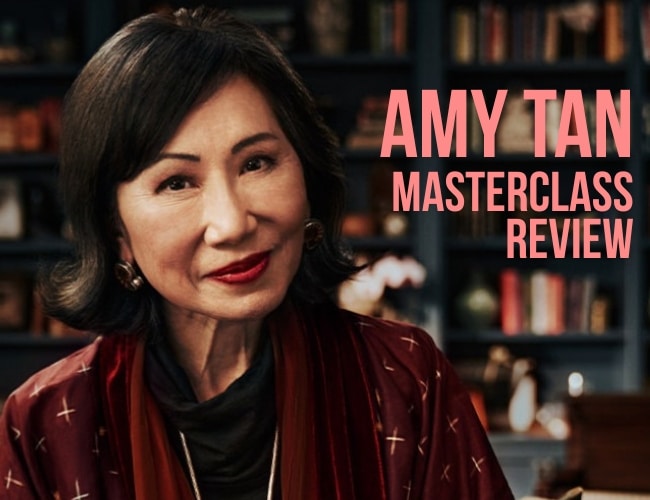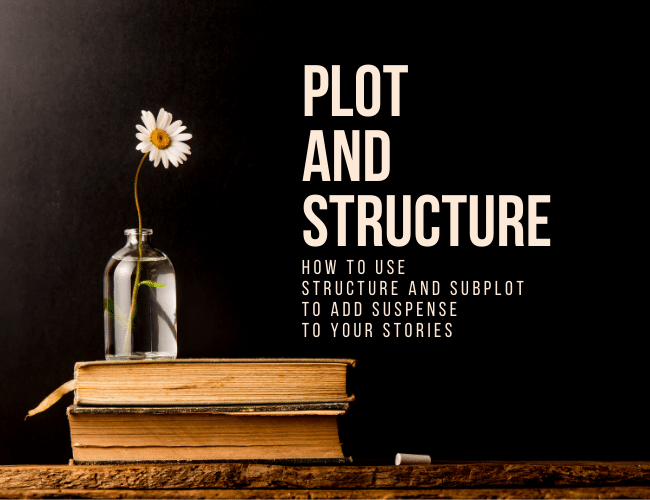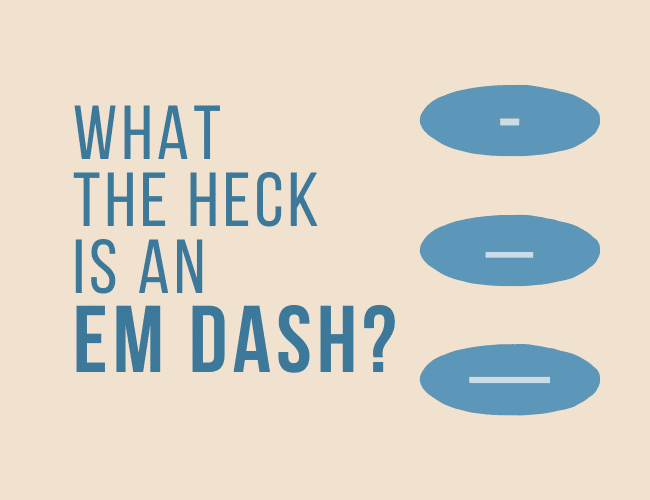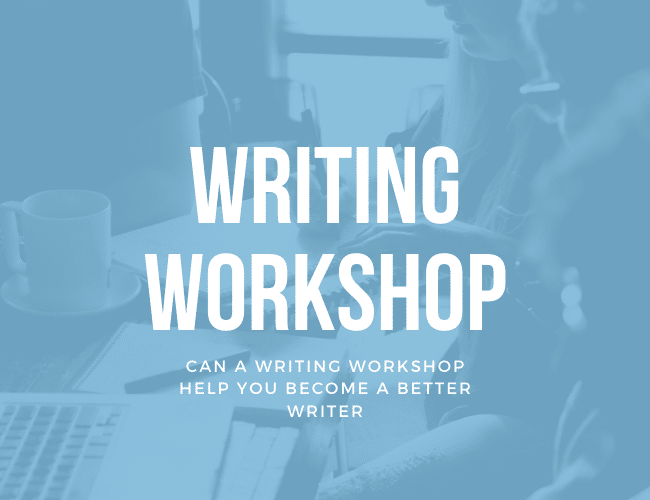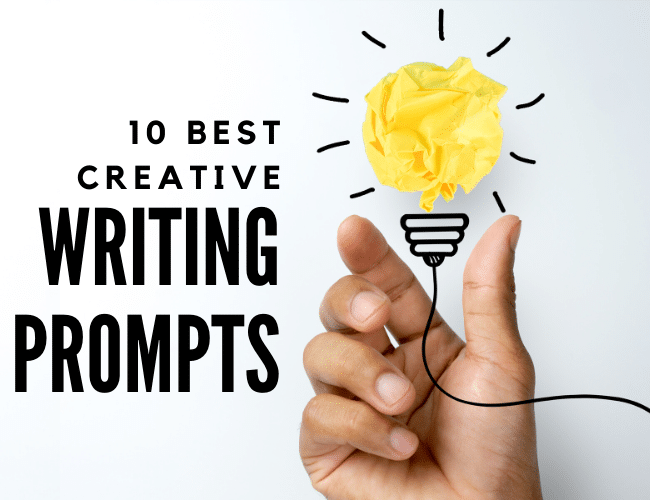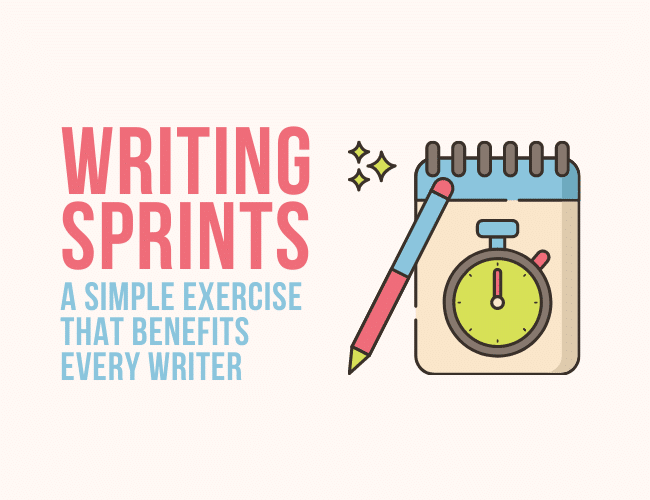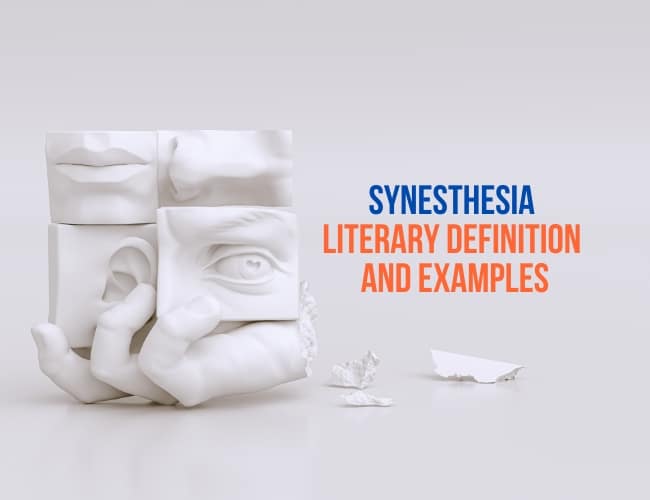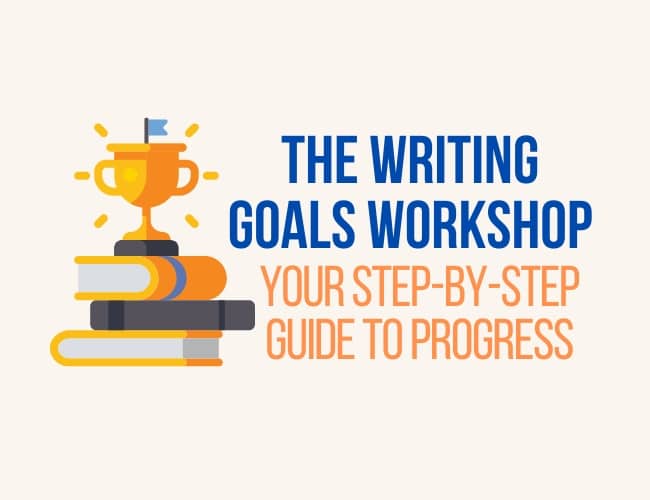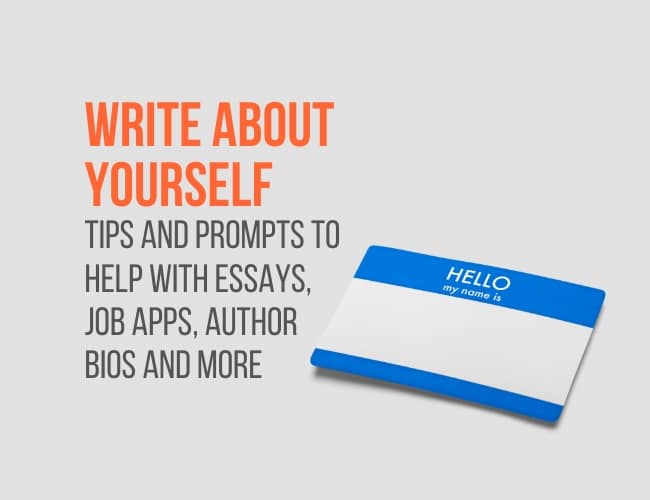“Fiction is actually one of the best ways for finding truth,” Amy Tan says. If you’re looking to uncover the truth in your own writing—and make it even more authentic and emotionally impactful—her MasterClass might be exactly what you need. In this Amy Tan MasterClass Review, I’m sharing my honest thoughts about the course and whether I think it will help you bring your characters and stories to life.
